On potential budget cuts to NASA
By: Catherine Maggiori
Synopsis: In this article, we talk about the White House’s budget proposal for fiscal year 2026. Initially released in brief earlier this month, it outlines some pretty major changes to NASA’s funding.
Author info: Dr. Catherine Maggiori is an astrobiologist and microbiologist. You can find her writing about astrobiology, attempting to set up a Bluesky account, or at the climbing gym.
I recently re-watched Arrival, Denis Villeneuve’s 2016 science fiction film about Earth’s first contact with extraterrestrials through the perspective of a grieving linguist played by Amy Adams, and based on Ted Chiang’s 1998 short story “Story of Your Life”. The movie opens with linguist Louise Banks’ recruitment by the U.S. military to one of twelve alien spacecraft touchdown sites to attempt meaningful communication with the extraterrestrial visitors. Also recruited is Ian Donnelly, a physicist that greets Dr. Banks with words from her own book about linguistics:
Language is the foundation of civilization. It is the glue that holds people together. It is the first weapon drawn in a conflict.
Dr. Donnelly takes issue with this premise, positing that science - not language - is the foundation of civilization.
I disagree.
I’d argue that science is language. After all, isn’t science just the language of the natural world? The means through which physics, biochemistry, and nature communicate to us and our means for understanding the world in which we live?
I imagine that most SAGANet readers would agree that science is important. Scientific knowledge across disciplines is how we make sense of the world around us and understanding scientific syntax is how we move beyond our limits - earthly and otherwise. For example, understanding gravity is the first step to mastering orbital mechanics, air travel, and spaceflight.
Science in the U.S. is undergoing massive changes right now. While a president’s first 100 days in office are often a time of bold action, recent budget proposals would have drastic consequences on science, health, and technology agencies, including NASA.
In April 2025, part of the White House’s draft budget for the 2026 fiscal year was released, revealing a potential 20% total budget cut from NASA, including 47% slashed from science program funding. This plan has been confirmed with the Skinny Budget proposal released in early May and the full budget release on May 30.
The overall budget cut to NASA would be 24%, from $24.8 billion to $18.8 billion, prematurely ending critical missions, wasting billions in sunk cost, and scrapping thousands of local jobs in states with NASA headquarters like Florida, California, Maryland, and Texas. On the defunding chopping block are over 40 missions, some of which may be eliminated outright; these include the Space Launch System (SLS), the Nancy Grace Roman Space Telescope (named for NASA’s first chief astronomer, Nancy Grace Roman, a champion of science, discovery, and women in senior science positions), Mars Sample Return, and DAVINCI (NASA’s first expedition to Venus in 31 years).
It’s true that NASA would see some increases, with $7 billion promised for lunar exploration and $1 billion for Mars-focused programs, highlighting the administration's priority to return to the moon and put humans on Mars (although invaluable scientific knowledge of Mars, our Solar System, and life itself will be lost if we don’t properly characterize Mars and Martian samples with science missions like Mars Sample Return before irrevocably contaminating the Martian environment with the human microbiome). NASA’s official statement on the Skinny Budget proposal also accentuates the desire to transition more space enterprises to private commercial replacements (including the decommission of the ISS and rumored replacement of SLS and Gateway with SpaceX’s Starship rocket).
These budget cuts have been called an “extinction-level event”, heralding a “dark age” for the agency. From the Planetary Society:
This budget would halt the development of nearly every future science project at NASA, wasting billions of dollars of taxpayer funds already spent on these projects, abandoning international and commercial partners, and surrendering U.S. leadership in space science to other nations.
This budget would eviscerate space science research, withering the nation’s STEM talent pipeline by removing opportunities to train future scientists and engineers.
I’m an astrobiologist and I believe strongly in NASA’s science programs, including flagship missions like Mars Sample Return and DAVINCI, as well as basic scientific investigations that directly benefit our lives on Earth. This proposed budget would have huge consequences both across the U.S. and globally. Through the Planetary Society’s Advocacy Action Center, I’ve written to my House representative, asking them to reject this proposal and sign the Planetary Science Caucus letter requesting full funding for NASA’s 2026 Science Mission Directorate. I also signed their petition to “Save NASA Science,” which is open to global signatories.
Science is language and language is understanding. Our scientific comprehension of the world gives us power and it’s worth investing in. It gives us the means to understand and overcome gravity; it gives us wings. In the words of poet Miroslav Holub, first quoting from William Carlos Williams and then expanding:
We have
a microsopic anatomy
of the whale
this
gives
Man
Assurance
William Carlos Williams
We have
a map of the universe
for microbes,
we have
a map of a microbe
for the universe.
we have
a Grand Master of chess
made of electronic circuits.
But above all
we have
the ability
to sort peas,
to cup water in our hands,
to seek
the right screw
under the sofa
for hours
This
gives us
wings.
